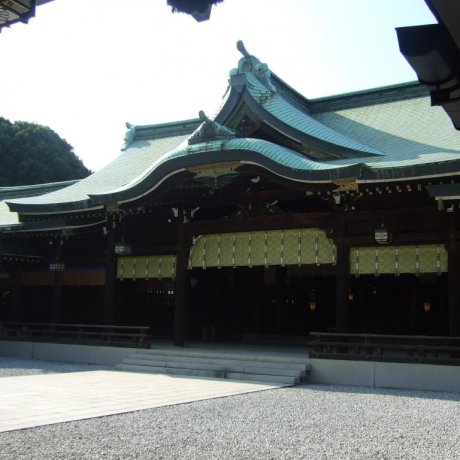
Meiji Jingu Shrine
Francesco AgrestiIn Shibuya stands a Shinto shrine honoring the deified spirits of Emperor Meiji and Empress Shouken.

Meiji Jingu is located in technologically advanced Tokyo and only a few minutes from the quirky streets of Harajuku. This famous Shinto shrine is hidden among a thickly forested area, creating an atmosphere of tranquility in the heart of Japan's bustling metropolis. Meiji Jingu is one of the most popular shrines in Tokyo and is visited by millions of people every year. The shrine’s daily ceremonies, incredible architecture, and scenic grounds make it a memorable and rejuvenating destination for tourists and Shinto practitioners alike.
History
The relatively recent shrine was built in 1920 to commemorate Japan’s first modern emperor and empress, Emperor Meiji and Empress Shoken. In 1867, Emperor Meiji ascended to the throne, effectively marking the end of Japan’s feudal era and the beginning of the Meiji Period. During his rule, Emperor Meiji guided Japan into a more modern and westernized way of life and revamped international relations by building connections with other countries. The shrine was tragically destroyed by 1945 bombings, but was quickly rebuilt in 1958 thanks to public donations.
Today
Meiji Jingu and its surrounding forest stand as a beacon of the Shinto faith, creating an atmosphere of harmony between first-time guests, practitioners, nature, and the past. Given its location in Tokyo, the easily accessible shrine is a common destination for visitors. Meiji Jingu is open every day from sunrise to sunset and has no admission fee.
The shrine has one southern entrance and two northern, all of which are marked by towering torii gates. When visitors pass under the gates, which mark the separation between the sacred and secular world, it is customary to bow. The path to the shrine’s main complex is lined by a lush forest composed of over 100,000 trees and a variety of plant species, many of which were donated to the area from all over Japan. The densely wooded area effectively blocks out the sights and sounds of Tokyo, enveloping visitors in an environment of zen where they can clear their minds as they walk to the main shrine entrance. Once visitors step across the threshold onto the main grounds, they can leave their everyday worries behind and immerse themselves in the shrine’s architectural beauty and Shinto practices.
Standing at 12 meters tall and 17.1 meters wide, Ootorii is the largest wooden myojin-style torii in Japan. The original gate was destroyed by lightning in 1966, but was reconstructed by 1975 with a Japanese cypress that was more than 1,000 years old as the building material. The gate’s sheer size is breathtaking and speaks volumes to the sacredness of the shrine. For many visitors, Ootorii will be the second torii gate they walk through during their journey to the main shrine grounds.
The Main Hall or Honden is Meiji Jingu’s most impressive and sacred building; it is where the kami deities are enshrined. After guests pass under Minami Shinmon, which is the gate to the main complex and one of the shrine’s few original structures, they are greeted by a massive wooden building. The Main Hall is built in the nagare zukuri architectural style with one defining characteristic being its asymmetrical roof, which is longer in the front than the back to shelter the front steps. The Honden is constructed from Japanese cypress trees and has copper roofs, creating a humble presence that is in harmony with the natural environment. The Main Hall is home to numerous Shinto rituals and prayers and includes the Shinto prayer recital hall, inner shrine hall, and outer shrine hall. The Honden is a defining feature of the shrine and a must see given its traditional architecture and integration into the daily Shinto practices.
One of the most serene areas of the shrine is the Inner Garden, which is located on the southern end of the grounds and has a 500 JPY admission fee. The garden, which is said to have been commissioned by Emperor Meiji for his wife, is a stunning scene that shines in all seasons with artfully crafted greenery, ponds, and even a traditional tea house. One of the most popular times to visit the Inner Garden is in June when the area’s abundance of purple irises are in full bloom. Another notable spot is Kiyomasa’s Well, which is named after the military commander who dug it. People frequent this area since the well is considered a “power spot” that gives off positive energy. [Tea House Photo: Sean Marshall / CC BY-NC 2.0]
The Treasure House, located on the northernmost end of the shrine grounds, houses historical artifacts and personal belongings of Emperor Meiji and Empress Shoken. [Photo: David Manuel / CC BY-NC-ND 2.0]
For an immersive experience, guests can learn about the Shinto religion by partaking in traditional practices, such as making offerings and praying at the main hall, writing wishes on ema amulets, and purchasing fortunes or protective charms. When visitors enter the main shrine complex they can also visit the Temizusha, to wash your hands and cleanse mouths. The shrine is foreigner-friendly with English signage to aid first-time practitioners in their spiritual journeys.
Meiji Jingu hosts numerous festivals and events year-round. The shrine starts the year with the New Year’s Day Ceremony or Saitan-sai and during the first few days of the year the shrine is flooded with over three million people praying for good fortune. Other notable festivals are the Spring Grand Festival or Sukeishatai-sai on May 2nd and 3rd; National Foundation Day Festival or Kigen-sai on February 11th; and Autumn Grand Festival on November 3rd, which celebrates Emperor Meiji’s birthday. During these festivals the shrine comes to life with traditional music, dance, and theater performances. Apart from the grand festivals, Meiji Jingu also performs daily rituals, such as Nikku-sai, which is a daily food offering to the kami that occurs from 8:00 to 14:00. The shrine is also a popular place for traditional Shinto weddings, and if visitors are lucky, they may catch a glimpse of the procession. With the shrine’s busy schedule, visitors can witness Shinto events year-round.
Recently constructed in October of 2019, Meiji Jingu Museum is regarded for its elegant design by famous architect Kuma Kengo. The open floorplan surrounded by peaceful forest creates an elevated viewing experience. The museum contains items used or associated with the emperor and empress, such as writing utensils, a desk, and even an opulent carriage that the emperor rode. Admission to the museum costs 1,000 JPY.
Meiji Jingu’s location in Tokyo makes it easily accessible via public transportation and is minutes away from a number of train stations by foot. Please note that the travel times below are calculated using the shrine entrance as the endpoint. It will take about another 10 minutes for visitors to reach the main shrine grounds.
Closest access:
The shrine is a 1-minute walk from either Harajuku Station on JR Yamanote Line or Meiji-jingumae Station on Tokyo Metro Chiyoda and Fukutoshin Lines.
Other nearby stations:
Sangubashi Station on Odakyu Line: 3-minute walk
Yoyogi Station on JR Yamanote Line, JR Chūō Line, Sōbu Line, and Toei Oedo Line: 5-minute walk
Kita-Sando Station on Tokyo Metro Fukutoshin Line: 5-minute walk

In Shibuya stands a Shinto shrine honoring the deified spirits of Emperor Meiji and Empress Shouken.
 9
9
Visit Tokyo’s popular Meiji-Jingū to see a Shinto shrine. Meiji-Jingū is both architecturally impressive and culturally signif..
 12
12
The Meiji Shrine is one of the most popular shrines in Tokyo, constructed in 1926 and dedicated to the spirits of emperor Meiji..

They are called ema and they are small wooden tablets used by worshippers to write down their prayers or wishes. The tablets are..
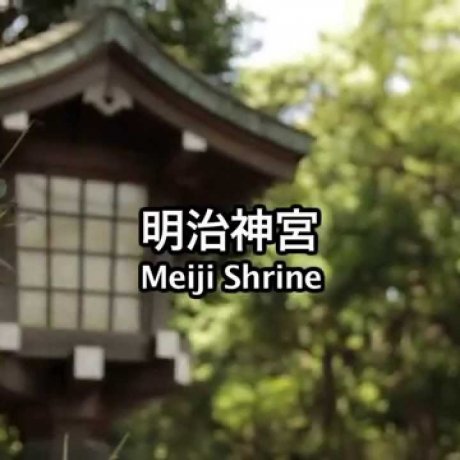
Meiji Jingu is an impressive shrine constructed in honor of Emperor Meiji and Empress Shoken who ruled Japan during the early 20th..
 6
6
Not that Meiji Shrine in Tokyo itself isn't worth a visit, but combining it with a glimpse of a traditional Japanese Shint..
 13
13
See ema wooden plaques written not only in Japanese, but also in various foreign languages.
 14
14
Meiji Jingu is a Shinto Shrine shrine dedicated to the deified spirits of Emperor Meiji and his consort.
 8
8
A short photo story of the Meji Shrine in Tokyo on a foggy day of June.
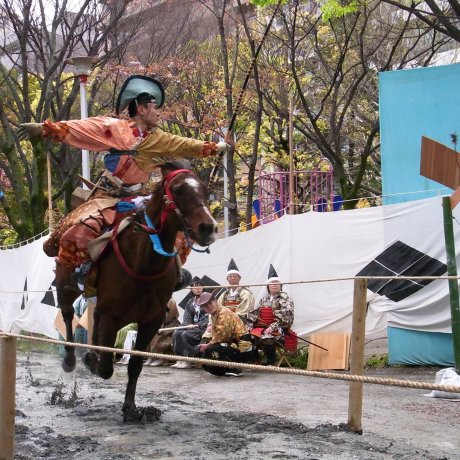
A demonstration of the traditional martial art of yabusame mounted-horse archery will be held on 3rd November at Meiji-Jingu Shrine..
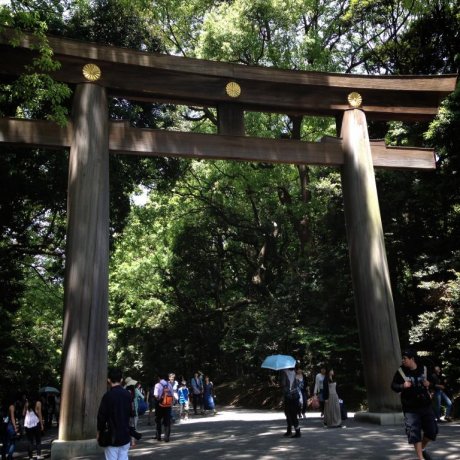
Some interesting trivia, as well as a historical narrative of one of Japan's most celebrated shrines - Meiji Jingu, or Meiji..
 6
6
 8
8

Meiji Jingu is an impressive shrine constructed in honor of Emperor Meiji and Empress Shoken who ruled Japan during the early ..
 9
9
Meiji Jingu is a beautiful, peaceful Shinto shrine with a lot of history and makes feels like you were away from the hustle an..
 15
15
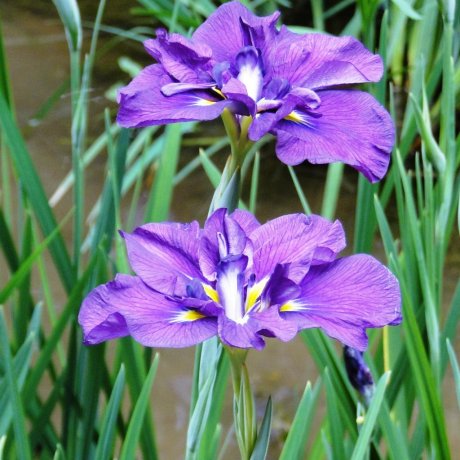 8
8
Catch irises in bloom in the inner garden of Tokyo's Meiji Shrine during the rainy months of May and June
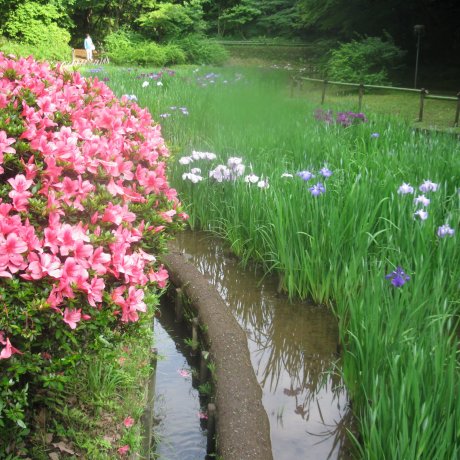
The Inner Gardens of Meiji Jingu are a large, natural area connected to the famous shrine. The gardens include a large pond filled..
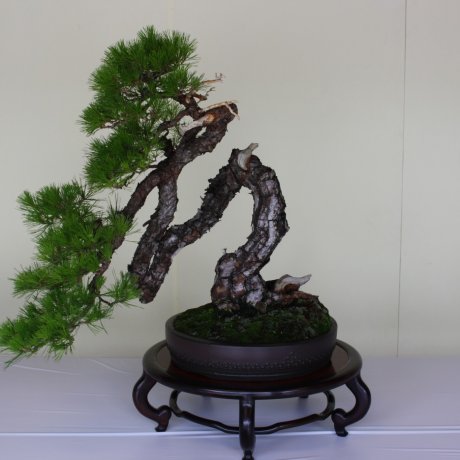
Enjoy a stroll through Meiji Shrine and visit the bonsai and suiseki exhibition which happens every year in June. Bonsai is a hobby..
 6
6
Walk amongst a grove of irises at Meiji Shrine in Tokyo in springtime.

Kiyomasa's Well is located within Meiji Jingu in the Inner Garden. A Tokyo 'power spot', the well is famous for its..

Iris Fields in Meiji Jingu: In June, more than 2000 iris flowers are in bloom at the inner garden of Meiji Jingu (Shrine).
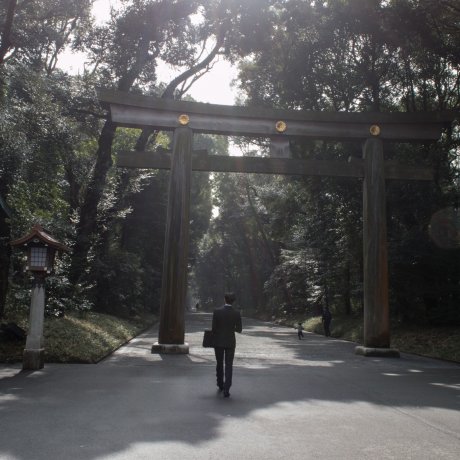 8
8

Located right next to Shinjuku Chuo Park, THE KNOT TOKYO Shinjuku is a modern hotel with an exceptional design and easy access to the nearby Shinjuku..
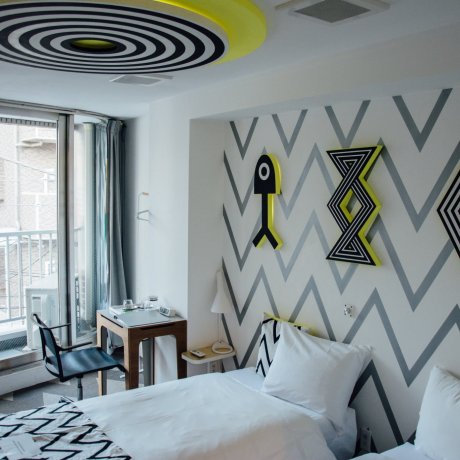
With Koenji being a "creative town" it's no surprise that the BnA Hotel opened there in 2016 and has had, subsequently, an incredible impact on the..
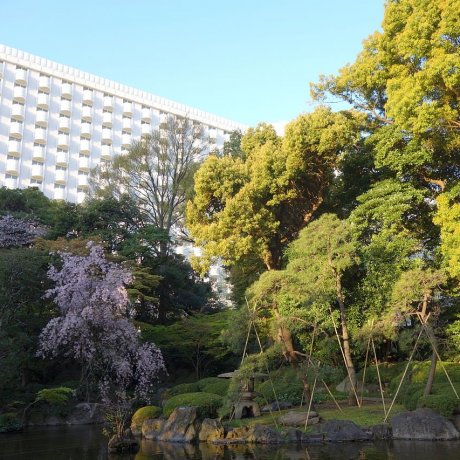
Just minutes from Shinagawa Station, the Grand Prince Hotel New Takanawa is surrounded by lush greenery in the Takanawa area, with rooms offering balcony..
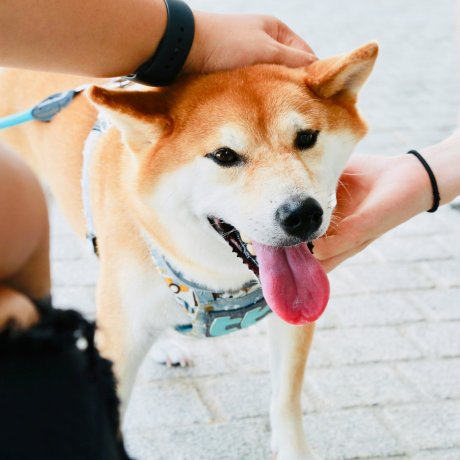
Mame Shiba Cafe offers a unique experience where you can interact with Shiba dogs while enjoying your favorite drinks. You cannot make reservations in..

B-Flat Commune is an open-air hangout in Omotesandō featuring a variety of stalls and food trucks offering unique drinks, clothing, and bites to eat..

If you're a fan of Quentin Tarantino’s Kill Bill, there's one Tokyo restaurant that absolutely deserves a spot on your bucket list. While you..
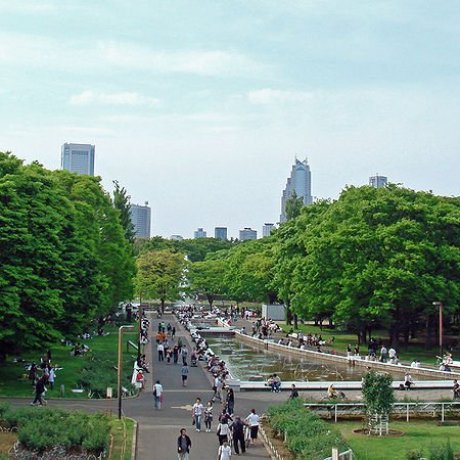
As one of the largest green spaces in Tokyo, Yoyogi Park is a magnet for Tokyo residents who want to enjoy the sun and nature or who would like to attend..
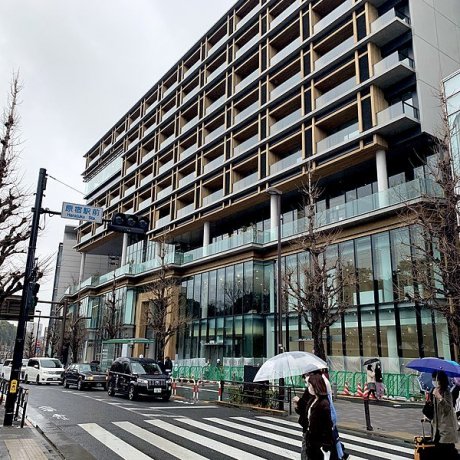
With easy access from Harajuku Station, ‘With Harajuku’ is the premier shopping and residency space for the glamourous fashion Mecca. At With Harajuku,..
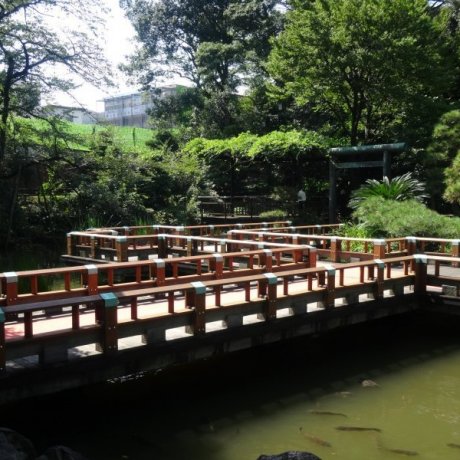
The Tōgō Shrine was established in 1940 and dedicated to Gensui The Marquis Tōgō Heihachirō shortly after his death. This shrine was destroyed by th..
Your feedback has been sent.